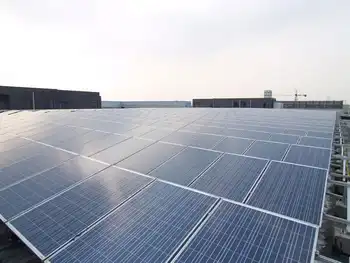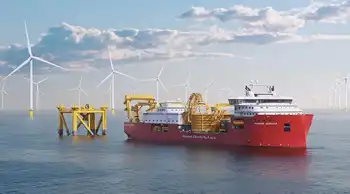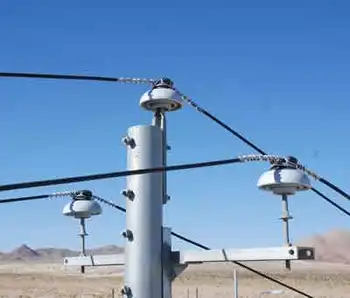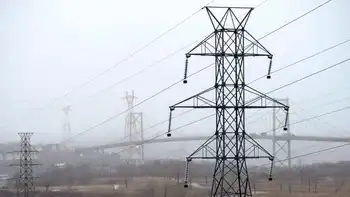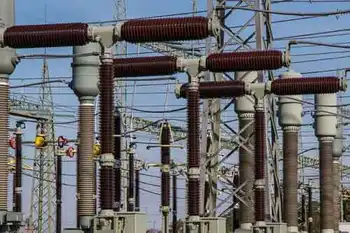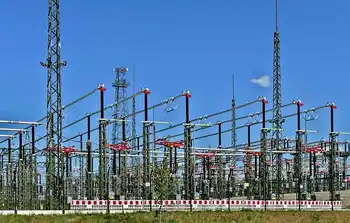Carbon tax: a one-size-fits-all solution?
By The Suburban
CSA Z463 Electrical Maintenance
Our customized live online or in‑person group training can be delivered to your staff at your location.

- Live Online
- 6 hours Instructor-led
- Group Training Available
Like many public policy challenges in a federation, climate change demands a response from Ottawa, the provinces and municipalities. As reports released by the Canada West Foundation show, jurisdictions across North America are doing very different things when it comes to reducing greenhouse gas (GHG) emissions and addressing energy consumption.
There is a suite of policy tools available to governments to reduce GHG emissions, from investing in renewable energy and improving public transportation to targeting heavy emitters and putting a price on carbon. What is interesting is that no two jurisdictions are alike. In Canada this means that 13 provinces and territories, in addition to the federal government, are doing very different things when it comes to addressing climate change.
You might liken this policy approach to a patchwork quilt.
Now this is not inherently a bad thing. For starters, each jurisdiction has different levels of emissions and varying resources at its disposal to address them. Yet this is also true of the European Union member states, but they have shared emissions reduction targets as well as coordinated strategies to get there.
It is hard to know what approach is best for Canada, given the uniqueness of our regions, the diversity of industry across the country, and concerns over a top-down solution. What is clear in the West is that few welcome the sequel to the failed National Energy Program of the 1980s. On the other hand, some degree of coordination across jurisdictions may make sense, given that we share many of the same goals when it comes to addressing climate change and no region of the country operates in a vacuum.
For now, the provinces and territories each take aim at GHG emissions in their own ways and there is some overlap in terms of what is being done. Two provinces in Canada have adopted a carbon tax, and the city of Boulder, Colorado made history in 2007, when it became the first American municipality to levy a tax on carbon. These three efforts are notable and are worthy of mention.
Quebec became the first province in Canada to implement a carbon tax in October 2007. The tax requires some 50 energy companies to pay 0.8 cents/litre on gasoline they distribute in Quebec and 0.94 cents/litre on diesel. The anticipated revenues from this tax are about $69 million a year from gasoline sales, $36 million from diesel fuel and $43 million from heating oil. Revenues will go into a green fund to help the province meet its goal of reducing emissions by 15 percent below 1990 levels by 2012.
Critics of the Quebec carbon tax say that the province already had some of the highest taxes on gasoline in the country, and that this tax was only adding to the burden. Others claim that the tax raises prices on traditional energy and because Quebec does not have coal, natural gas and oil industries to speak of, this privileges the producers of clean energy such as hydroelectric and wind producers, which are a key component of QuebecÂ’s economy.
Much has been written about BCÂ’s 2008 green budget, which includes a tax on carbon of $10 per tonne applied to gasoline, diesel and home heating fuel, increasing by $5 per tonne per year for the first four years, resulting in a $30 per tonne tax by 2012. This is expected to generate $1.8 billion over three years.
BCÂ’s carbon tax is part of what is arguably the most ambitious package of climate change policies enacted at the provincial level. Critics say that, instead of being revenue neutral, BCÂ’s carbon tax should redirect revenue into a fund for research and development into new and emerging carbon combating technologies. As it is, the carbon tax allows the BC government to lower personal income taxes to help offset the added cost of fuel.
But before Quebec and BC got around to taxing carbon, the city of Boulder, Colorado asked voters in a 2006 plebiscite if they favoured a Climate Action Plan Tax. Voters agreed and the city began collecting the tax in the spring of 2007. The tax itself is based on kilowatt hours consumed — or how much electricity is used. Revenues from the tax were projected to total approximately $6.7 million by 2012, the date by which Boulder aims to have reduced its carbon emissions by 350,000 tonnes.
Like Quebec and BC, there are plenty of criticisms of the Boulder tax. Some say the tax isn’t high enough — it works out to about $1.33 per month for residential properties and $3.80 per month for businesses. Others say that taxing energy consumption unfairly penalizes those who can least afford it, as the lower income rental units are often the least energy efficient, and residents are less able to afford the rise in rates.
All three carbon taxes have their strengths and weaknesses. In BC and Boulder, the tax reflects a commitment to ask individuals to account for their carbon emissions. These carbon taxes will, with hope, go some distance toward generating a greater sense of personal responsibility for a global problem and may even reduce consumption. The Quebec tax targets industry and does not have a direct impact upon consumers, though they are likely to see a rise in the cost of fuel.
A carbon tax may not be the best answer to reducing carbon emissions. Quebec, BC and Boulder have pro-actively tackled a tough problem. TheyÂ’ve taken the bull by the horns and have implemented plans that work best for them. This does not guarantee that the same approach would work in other places. But it canÂ’t hurt to consider what some jurisdictions are doing.
Dr. Kari Roberts is a senior policy analyst with the Canada West Foundation in Calgary. She is also responsible for the Getting it Right Project, which explores options for Canadian energy policy in a carbon constrained world.





